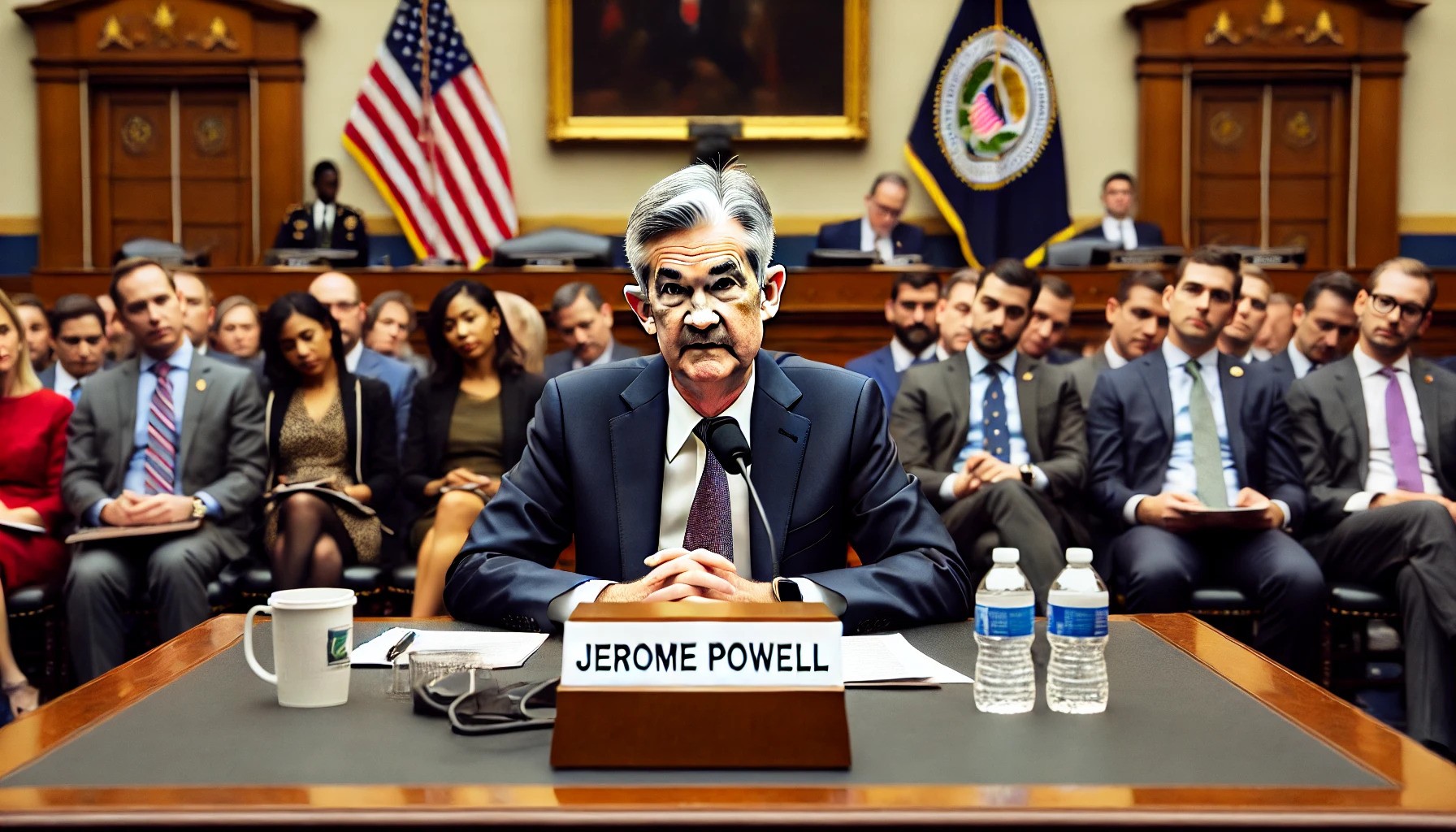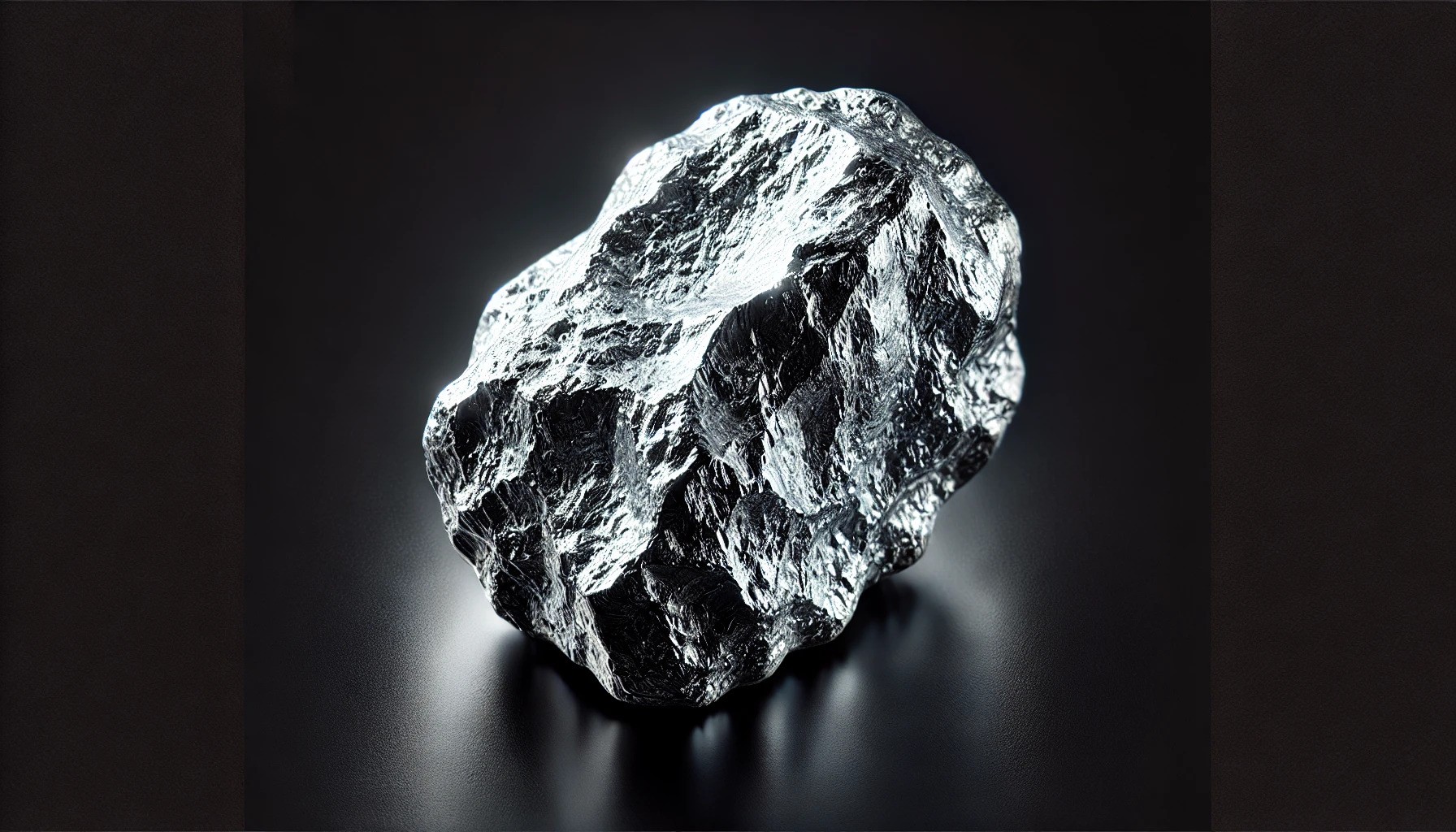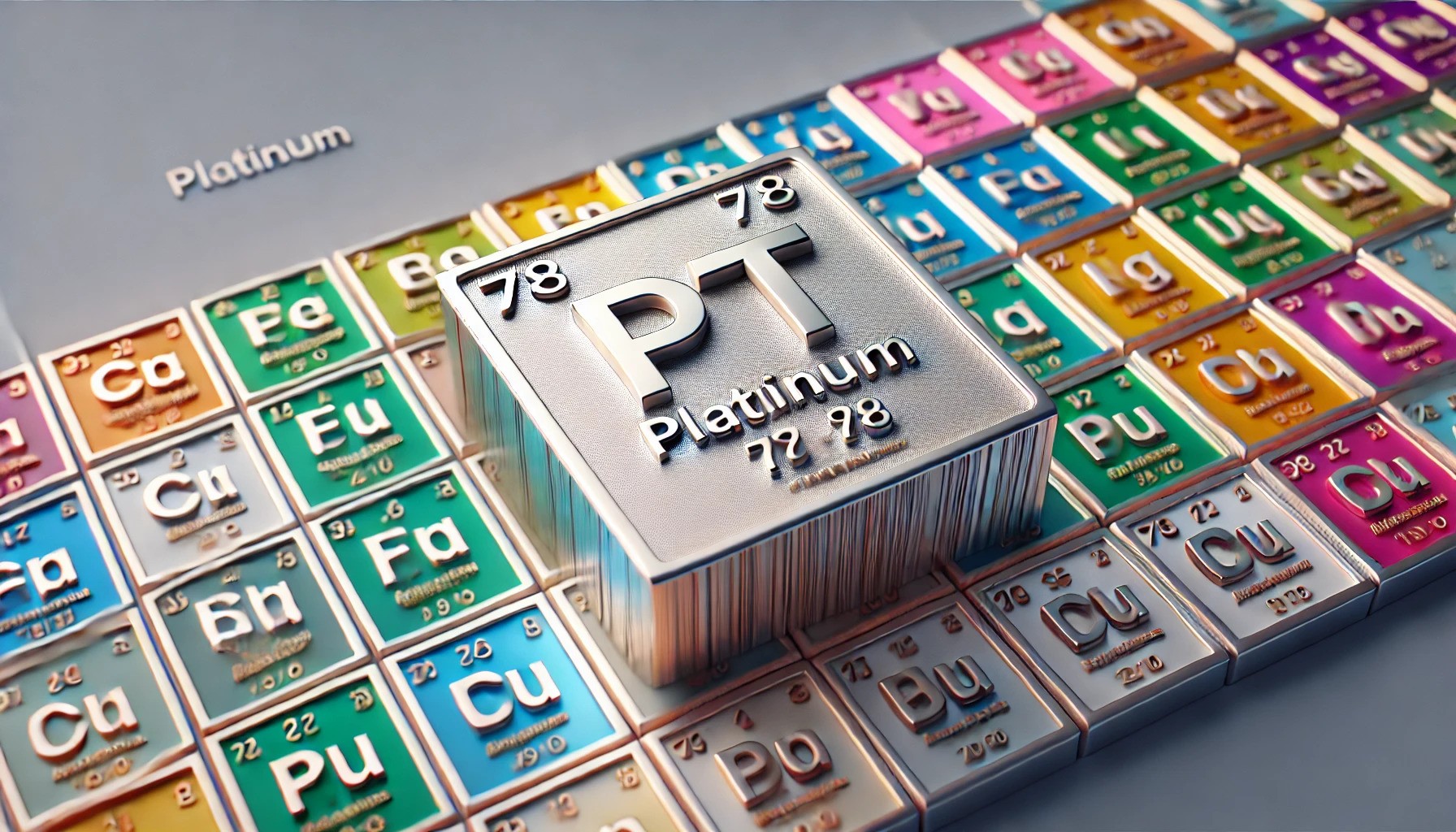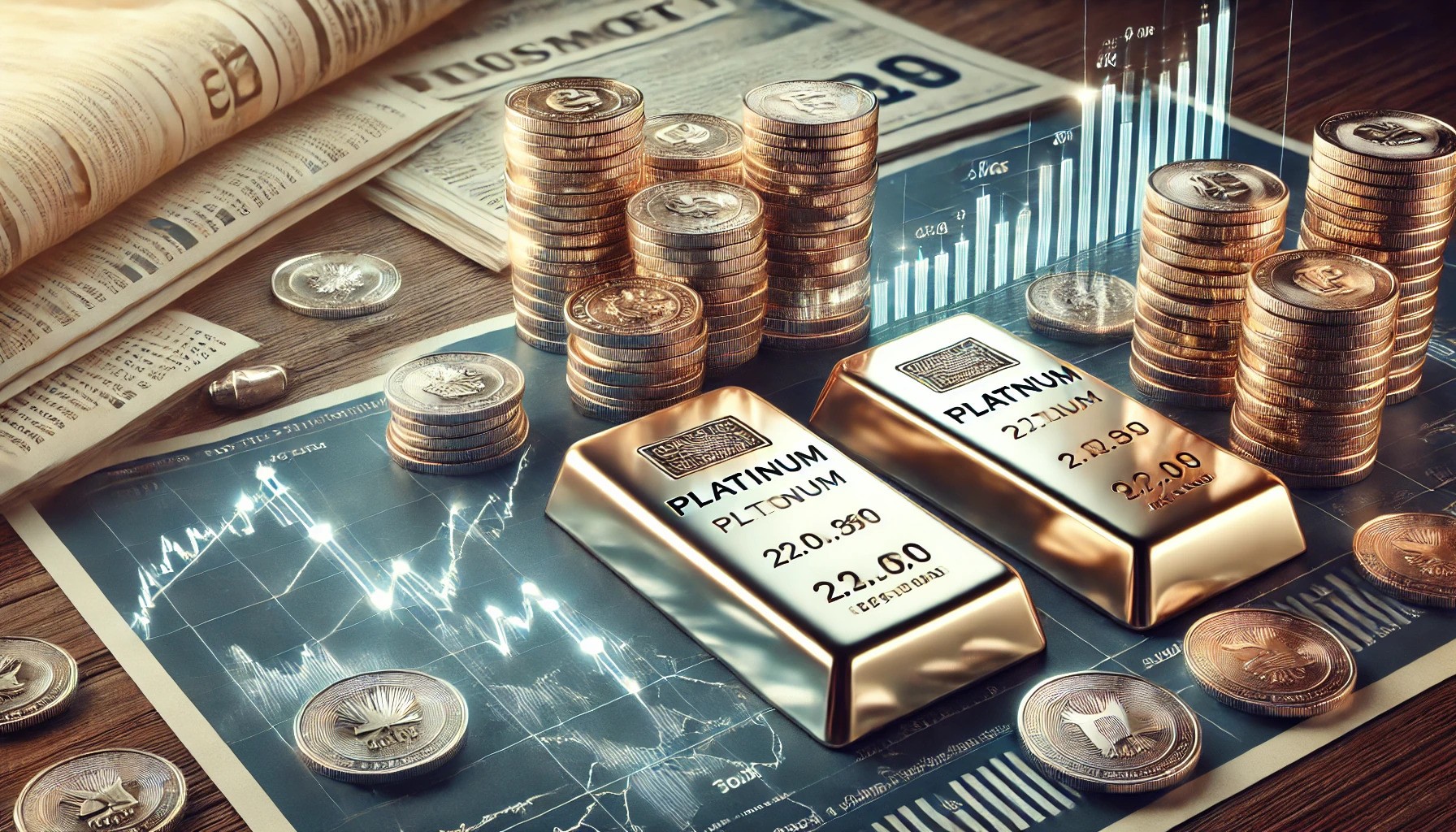(Money Metals News Service) In the latest episode of the Money Metals Midweek Memo, host Mike Maharrey provides a comprehensive overview of Federal Reserve Chairman Jerome Powell’s recent testimony and delves into the investment potential of platinum.
Jerome Powell’s Testimony: Market Movements and Rate Cuts

Federal Reserve Chairman Jerome Powell’s testimony on Capitol Hill had significant market implications. Powell’s statements have the power to influence markets dramatically, causing fluctuations in gold prices.
During his prepared statement, Powell reiterated the Fed’s stance on maintaining the target range for the federal funds rate until there is greater confidence that inflation is moving towards 2%.
This initially caused gold prices to drop from $2,368 to $2,357 per ounce. However, during the Q&A session, Powell’s comments hinted at possible rate cuts, causing gold to rebound to $2,364 per ounce.
Despite Jerome Powell’s efforts to manage expectations, investors still place a nearly 70% probability of a Fed rate cut in September. Maharrey predicts that the Fed will indeed cut rates in September, driven by political pressures and the upcoming election.
Consumer Debt and Inflation Concerns
Maharrey highlights the staggering levels of consumer debt, which reached $5.06 trillion, excluding mortgages. Credit card debt alone exceeds $1 trillion, with interest rates averaging 20.7%, and some companies charging up to 28%. He argues that the Fed’s previous rate hikes were insufficient to combat inflation, which had peaked at 9.2% CPI in 2022.
Platinum: The Other White Metal

Maharrey shifts focus to platinum, noting its historical significance and recent performance. Platinum, once more expensive than gold, has seen its price hover around $1,000 an ounce. In 2008, platinum reached an all-time high of $2,213 per ounce due to a supply shortage in South Africa, the leading producer. Today, the gold-to-platinum ratio is about 2.3:1, indicating platinum’s potential undervaluation.
What is Platinum?

Platinum is a dense, malleable, and highly valuable precious metal with a silvery-white appearance. It has an atomic number of 78 and is located in group 10, period 6 of the periodic table, with the symbol Pt.
Platinum is one of the six Platinum Group Metals (PGMs), which also include palladium (Pd), rhodium (Rh), ruthenium (Ru), iridium (Ir), and osmium (Os). These metals share similar physical and chemical properties and are often found together in mineral deposits.
Platinum is one of the rarest elements in the Earth’s crust, primarily found in South Africa, which accounts for about 70-80% of the world’s supply. Known for its resistance to corrosion and tarnish, platinum is used in various industrial applications, including catalytic converters in automobiles, jewelry, and electronics.
Its unique properties also make it a critical component in medical devices and in the production of hydrogen fuel cells. Despite its industrial uses, platinum is also an investment metal, often minted into coins and bars for trading and investment purposes.
Supply and Demand Dynamics
Platinum’s market is primarily driven by industrial demand, particularly in the automotive sector, which accounts for 30-44% of platinum usage due to its role in catalytic converters. Other industrial applications comprise another 27-36% of demand.
Jewelry and investment demand make up the rest, with jewelry demand seeing a 5% year-on-year increase, driven largely by Indian consumers who view platinum as an investment.
Investment Prospects

Maharrey points out that platinum’s price has increased by 12.5% in 2023 and has charted modest gains of 3.8% this year. The World Platinum Investment Council (WPIC) reported a 100 million-ounce market deficit in 2023, with a projected deficit of 476,000 ounces for this year. This deficit, coupled with increasing demand and flat supply, suggests a bullish outlook for platinum.
Global Trends and Market Innovations
China is set to launch its first platinum futures contract, allowing investors to take physical delivery of platinum in both ingots and sponge form. This could further bolster investment demand in China, where interest in platinum is already growing.
Conclusion

Given the current supply and demand dynamics, along with historical price comparisons, platinum appears to be an undervalued investment. Maharrey advises considering platinum as a speculative investment, supplementing but not replacing gold and silver in a diversified portfolio. With significant supply deficits and increasing industrial demand, platinum may offer substantial returns in the near to mid-term.
For those interested in investing, Money Metals Exchange offers a range of platinum products and knowledgeable specialists to help integrate platinum into investment strategies.
You can either check out the website www.moneymetals.com or call our phone number at 1-800-800-1865 to speak with a friendly, knowledgeable, non-commissioned representative who will gladly assist you.

